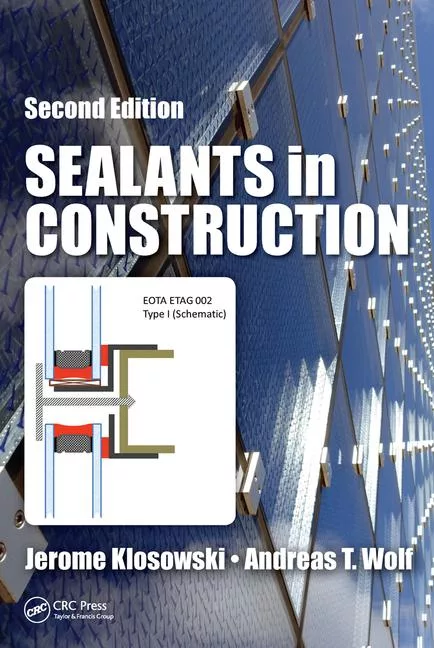EDITOR'S MEMO: Construction Chemicals

Dan Murad of the ChemQuest Group Inc. recently presented a state-of-the-industry report on the construction chemicals market. He predicted growth rates of 3-3.5% for the construction adhesives and sealants market, with the most growth taking place in resilient flooring, ceramic tile, countertop, carpet and flooring underlayment, HVAC, concrete, roofing, and other applications. He stressed that the industry needs to be more involved in building specifications for even heavier growth and safer buildings. Work shows that replacing just 50% of the fasteners specified for construction with tapes can make the structures 30% more resistant to wind and earthquakes, but before this can be done the specifications must be changed.
David Nick of DPNA International Inc. presented "Global Outlook for the Construction Materials Market." He said global construction is a $3.95 trillion market. New construction accounts for 50% globally, rehabilitation takes 25%, maintenance is 15% and restoration is 10%.
Overall growth rates of material use varied widely from country to country, Nick said, but marked 2% in North America, 8% in South America, 9% in India and 8% in China. He says there is ample opportunity for growth in many emerging markets, including China, India, Thailand and Brazil.
A recent study by the Freedonia Group Inc. confirms these predictions. The market research firm's recent study "Construction Chemicals" (study # 1873) predicts demand for construction chemicals used in on-site applications to increase 5% per year to $7.5 billion in 2008, essentially in line with average growth over the last decade. However, this steady growth masks significant changes in specific market segments. It predicts slowing demand in residential building, which will be offset by a significant rebound in nonresidential construction, specifically the industrial and commercial markets. The fastest growth is expected in cement additives, sprayed polyurethane foam and caulks, although opportunities exist in nearly all products based on improvements in materials technology.
Several editorial features in this month's issue of ASI examine construction chemicals in relation to adhesives. "The Joy of Soy," looks at how a familiar Chicago tourist attraction, Shedd Aquarium, used a soy-based polymer to seal its roof. The case study "Silicone Sealants and Coating Stop Leaks on Luxury Condo" explains how several building sealants and coatings were used on a luxury housing project in Myrtle Beach, SC.
Teresa McPherson is Editor of Adhesives & Sealants Industry magazine. If you wish to send a letter to the editor, please address it to the editor, ASI Magazine, PO Box 936, Lapeer, MI 48446, or e-mail
mcphersont@bnpmedia.com . Letters must include the sender's address, phone number and e-mail address, when possible. Letters may be edited for space and clarity.
Looking for a reprint of this article?
From high-res PDFs to custom plaques, order your copy today!



